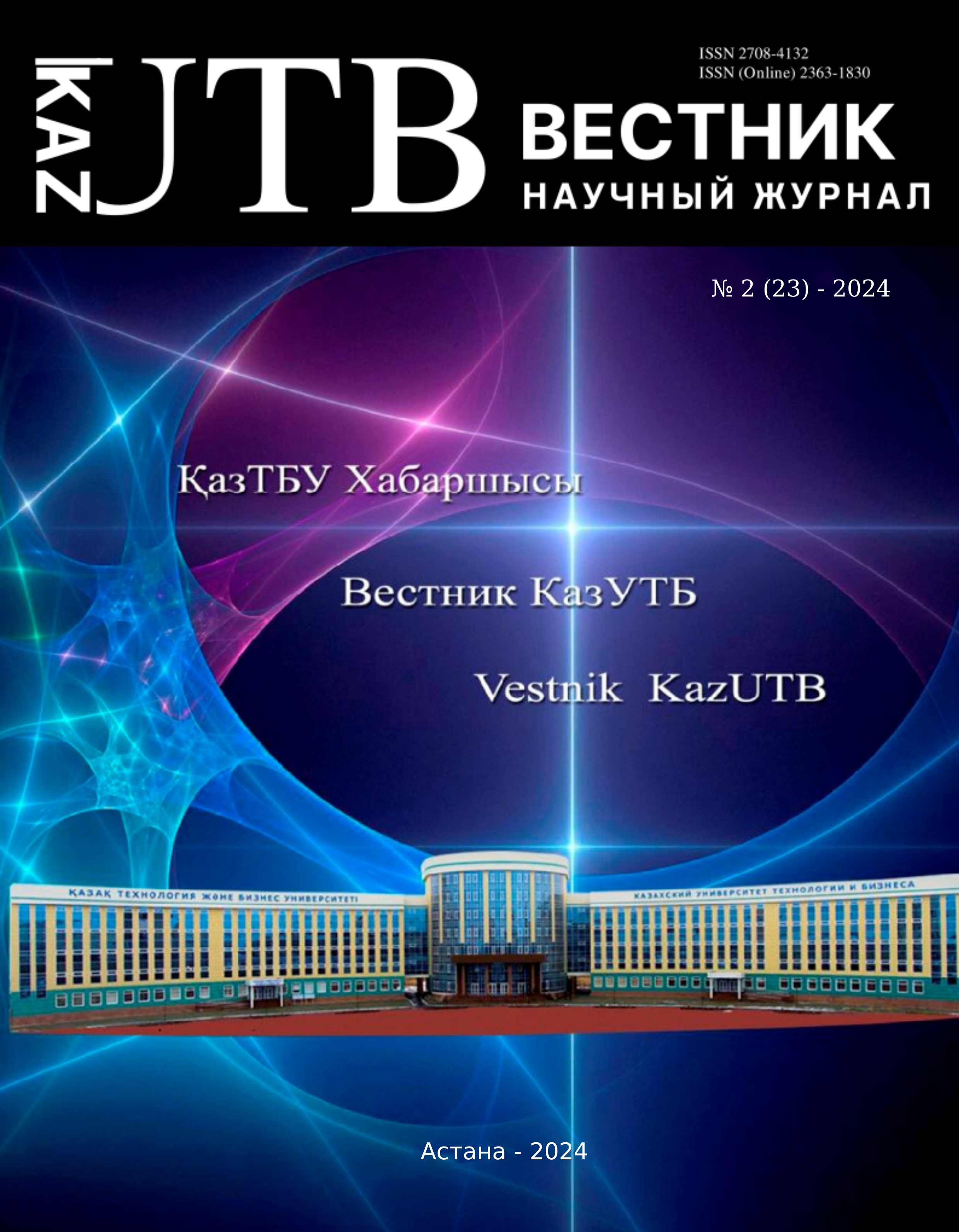Меню


Information and communication and chemical technologies
No. 2 (23) - 2024 / 2024-06-30 / Number of views: 151
PRODUCTION OF COMPOSITE CARBON ADSORBENTS BASED ON TEXTILE CORD OBTAINED FROM CAR TIRE RESIDUES
Authors
Keywords
textile cord, tire waste, adsorbent, porous carbon nanomaterials.
Link to DOI:
How to quote
Malgazhdarova, A. ., M. . Kazankapova, B. . Yermagambet, and U. Kozhamuratova. “PRODUCTION OF COMPOSITE CARBON ADSORBENTS BASED ON TEXTILE CORD OBTAINED FROM CAR TIRE RESIDUES”. Vestnik KazUTB, vol. 2, no. 23, June 2024, doi:10.58805/kazutb.v.2.23-293.
Abstract
Carbon chemistry opens up very wide prospects in obtaining compositions based on carbon-containing raw materials, due to the achievements of recent years in this field. Due to their unique properties, extremely high chemical resistance, thermal resistance, heat resistance and specific strength, carbon materials have found application for the manufacture of carbon-containing refractory, high-temperature composite materials, modified electrodes as fillers for the tire and rubber industry, catalytic systems based on carbon-containing raw materials, etc. Frequently used carbon materials do not meet the requirements of the technological process, in some cases their use is economically unjustified, since they are expensive and have a small raw material base. Therefore, obtaining new efficient and cheap natural carbon materials from available types of industrial raw materials is one of the urgent tasks currently facing scientists and technologists. Textile wire, a product of processing rubber organic waste, can become a promising new raw material for the production of carbon-containing materials. Porous carbon materials were obtained in a laboratory installation, optimal parameters were determined, and the physico-chemical properties of the feedstock and the obtained adsorbents (ash content, humidity, volatility, density, sumar pore volume, elemental composition) were studied.



